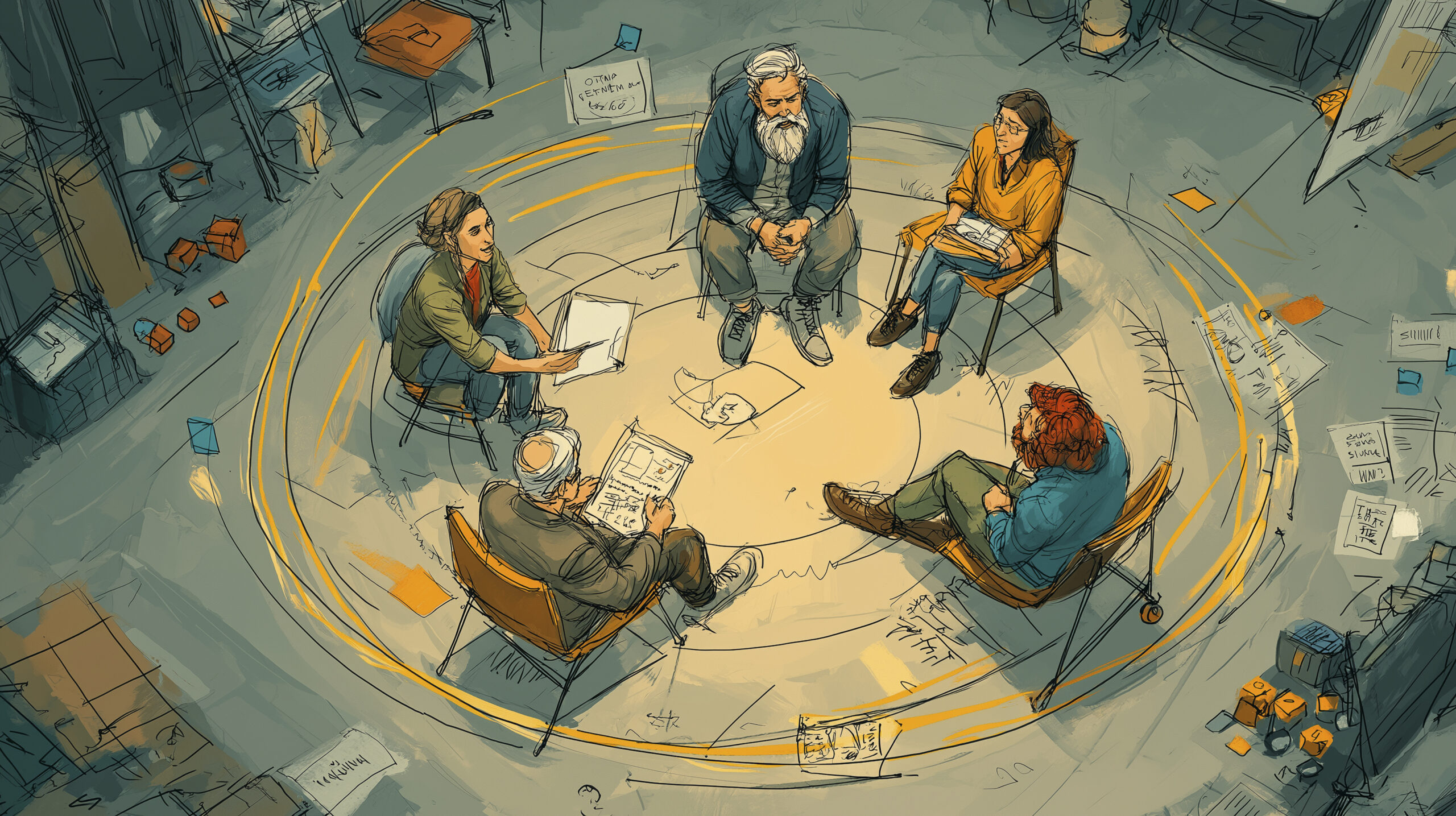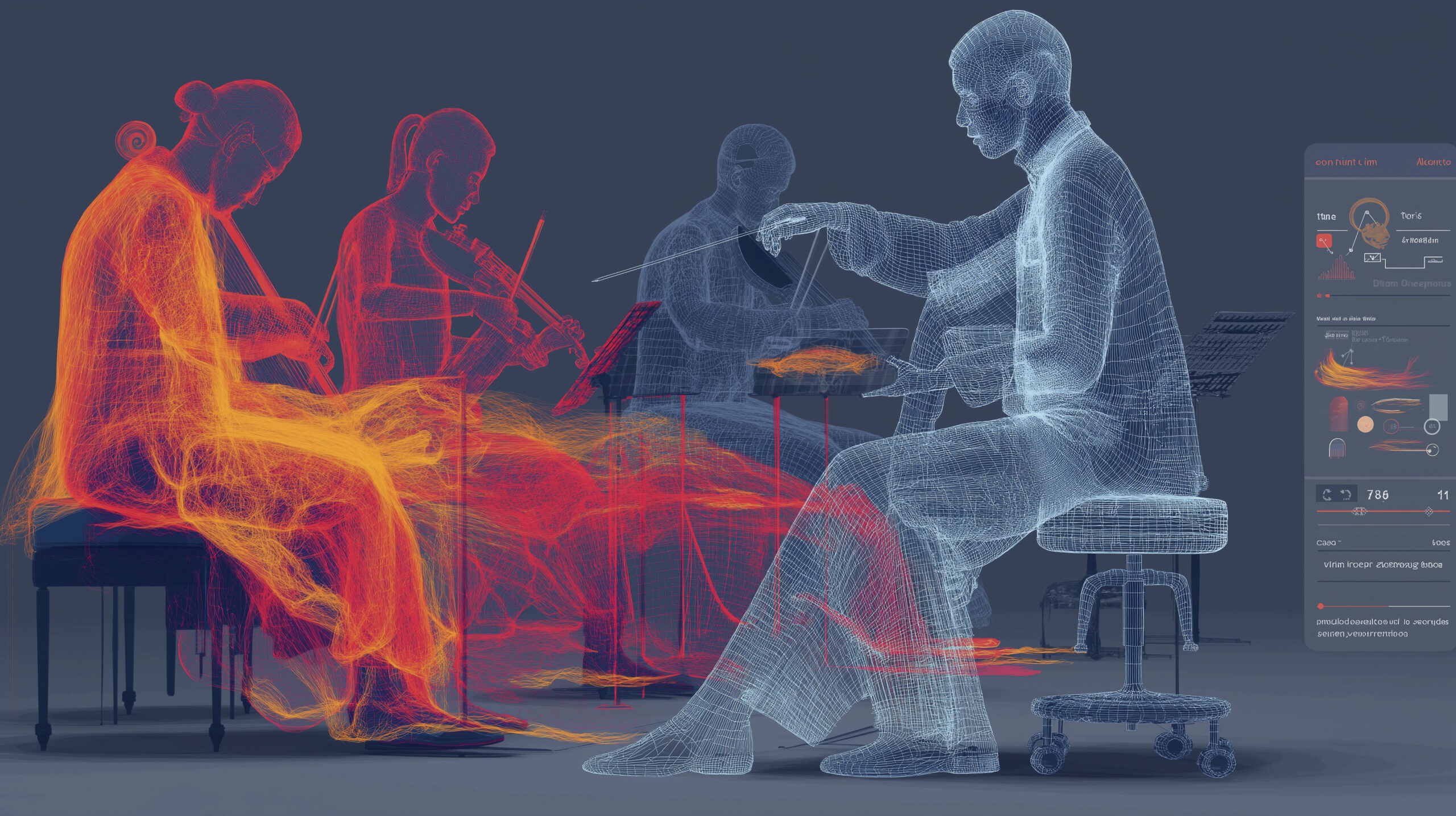Why Emotional Alignment Is the Missing Piece in Agile and Lean
In today’s fast-paced business world, Agile and Lean are synonymous with speed, scalability, and structure. These frameworks promise continuous improvement through iteration, feedback loops, and optimization. But there’s one crucial layer they often miss: how people actually feel while navigating those systems.
I’m Chris, a strategist and lecturer focused on turning ideas into impact. Over the years, I’ve led countless innovation sessions and strategic workshops. What I consistently notice? Teams push for process efficiency, but without empathy in Agile workflows, their efforts often fall flat. The result? Technically sound solutions that lack emotional coherence across teams, departments, and end users.
The Hidden Cost of Ignoring Empathy in Agile Teams
Agile and Lean emphasize feedback and collaboration. Yet many organizations fail to integrate emotional signals from non-technical stakeholders like marketing, HR, or customer success.
Take this example:
I worked with a tech team that excelled in Agile rituals: daily standups, velocity tracking, retrospectives. But they overlooked input from customer success and marketing. The outcome? A product that passed technical tests but failed to connect with users and internal advocates.
When empathy is missing:
- Teams optimize for departmental metrics rather than shared outcomes.
- Pain points turn into abstract KPIs instead of lived experiences.
Emotional tension festers, especially in cross-functional collaboration.
What Is Operational Empathy, and Why Does It Matter?
Operational empathy is the active inclusion of human emotions in systems and decision-making. It draws from Design Thinking, LEGO® SeriousPlay®, and creative facilitation, transforming data-driven workflows into emotionally aligned ecosystems.
According to a 2024 study in Frontiers in Psychology, empathetic leadership directly enhances innovative behavior, especially in uncertain environments.
What empathy brings to your Agile or Lean team:
- Deep insights into users’ emotional journeys, not just functional needs
- Psychological safety that fosters trust and inclusion
- Strategic cohesion across departments and decision-makers
The Empathy Loop: A 4-Step Framework to Embed Emotion in Agile
To help teams apply empathy without disrupting their sprints, I created The Empathy Loop, a four-phase model designed to integrate with Agile and Lean rituals.

Real-World Results: A Case of B2B Agile Empathy in Action
During a B2B product launch, the support team was initially excluded from sprint planning. I ran a quick, 45-minute empathy mapping session to realign the team. The result?
- 30% fewer support tickets after launch
- Improved interdepartmental collaboration
- Higher stakeholder confidence in the process
This highlights how minimal time investment in empathy yields substantial operational and user benefits.
Start Using Empathy in Your Agile Workflow Today
You don’t need to overhaul your systems, just start small:
- Run an empathy check-in at your next retrospective. Ask: “How did this sprint feel for you?”
- Invite emotional stakeholders (marketing, support, HR) to sprint planning.
- Use creative tools like LEGO® SeriousPlay® or empathy maps to uncover hidden insights.
Bring in a facilitator: A neutral coach creates space for honest, productive dialogue.
Want to see how this works? Book a Free Introductory Session to explore your team’s alignment needs.
Empathy Isn’t Optional. It’s Essential!
If your processes are efficient but the results fall flat, empathy might be your missing link. Agile and Lean deliver structure, but empathy fuels relevance, cohesion, and impact.
Let’s move beyond “working faster” toward “working meaningfully.”
Let’s move beyond “working faster” toward “working meaningfully.”
Want to Go Deeper?
- Explore Empathy-Based Workshops
- Take the ‘Choose Your Path’ Quiz to find the perfect workshop
- Subscribe to the Innovation & Alignment Newsletter



